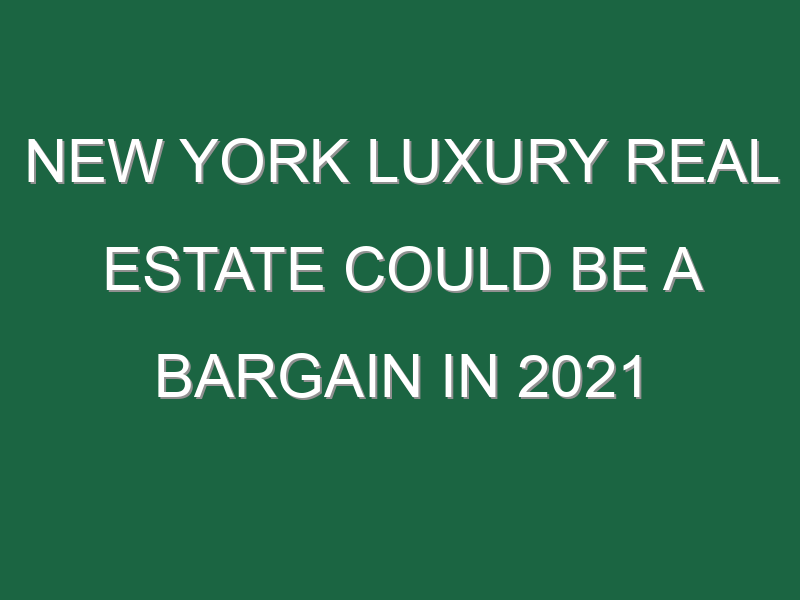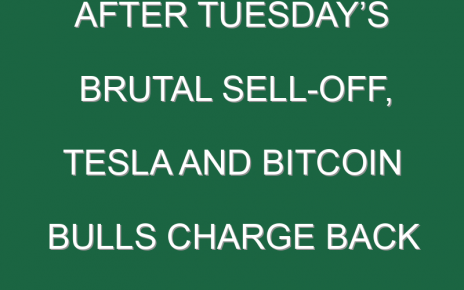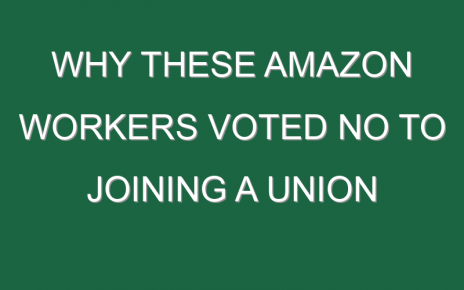Judging by the last quarter of 2020, New York’s luxury real estate market should enter 2021 with confidence.
Sales of homes that cost more than $4 million were a little above those of the same three months in 2019, says Donna Olshan, president of luxury real estate broker Olshan Realty. “Now, some of that has to do with demand that was never met, because we lost the most important quarter—the spring,” she says.
But the tick upward is also, she says, “because most of these sales are [to] New Yorkers, or from the New York metro area, betting on the home team. They are getting COVID-19 discounts, they’re looking at the long-term prospects of New York, and they’re buying.”
As the city looks toward next year, the known unknowns loom large. The timeline of the vaccine rollouts is opaque. A proposed pied-à-terre tax, dreaded by everyone in the industry, remains possible. And the economic futures of the city, the country, and the world are up in the air.
But the city’s luxury residential market has enough momentum to make experts feel comfortable making some conditional predictions.
Suburb mania is over
“The way I think of the suburbs is that they had their moment,” says Jonathan Miller, president and chief executive officer of Miller Samuel appraisers, who adds: “The ‘fleeing the city’ narrative is already extremely dated.”
While suburban sales are still up year over year, “it’s just no longer a rocket ship of growth,” he says. “And the jump in pricing, largely caused by what I would call panic buying—where people left the city out of fear—that was front end-loaded, and I don’t see a compelling reason why that [price growth] can be sustainable.”
John Walkup, COO and co-founder of UrbanDigs, agrees. He says the move to the suburbs this year was really part of an older trend. “We were in year three in this shift to the suburbs picking up in demand, relative to New York City,” Walkup says.
This spring’s hysterical exodus to New York’s suburban areas was “a bit of a flash,” Walkup continues. “Prices and deal activity have spiked.”
Brooklyn will stay hot
“Houses were on fire,” Olshan says. “Townhouses in Brooklyn did very well during the pandemic.”
The median price for luxury home sales in the fourth quarter in Brooklyn is expected to be up 5.5% year-over-year, according to UrbanDigs data. (“Luxury” in Brooklyn is defined by UrbanDigs as anything over $2 million.) Contracts signed are up an anticipated 26.2% for the same period, and days on the market are down by nearly half.
Overall, despite the nonexistent spring sales season, this year’s median luxury sales price in Brooklyn, according to UrbanDigs, was only down 1.5% compared to last year. The number of contracts signed will only be down an estimated 12% year-over-year, according to the company’s data.
“A lot of it has to do with the lower price point,” says Walkup. “A million dollars buys you a bit more space, or a Zoom room, and once you get into that luxury sector, that value grows quite a bit.”
The demand shows no signs of abating.
“Brooklyn is certainly accelerating,” Walkup says, “and I don’t see any reason for that to stop.”
Foreign buyers will keep away
“Foreign buyers are a bit of a straw man because sometimes they’re blamed for the ups, and sometimes they’re blamed for the downs,” Walkup says.
Still, many luxury buildings—particularly condominiums along the stretch of W. 57th Street known as “Billionaires Row”—“were predominantly positioned for the foreign market, and that’s where oversupply is at its greatest,” Olshan says.
“Unless the deployment of the vaccine is very, very successful, we won’t see the foreign market back” for at least the first half of next year, she adds.
Manhattan will still have too much of the wrong thing
The new luxury condominium market “is burdened with a tremendous amount of supply,” Miller says.
“In 2020 we had 8.7 years of sellout, meaning it would take 8.7 years to sell all unsold Manhattan new-development condos,” he says. That is likely to drop to 7.2 years in 2021, because there’s an anticipated “decline of new product coming into the market,” Miller says. Plus, additional sales will occur as buyers are drawn by discounted pricing, he says.
“I think in 2021 we’ll see a continued drop in price trends,” he says.
…and that means major discounts
That’s a nice way of saying there could be serious deals to be found. The only question is at which buildings.
“The problem with developers is that they are held hostage to the bank or their lenders,” Olshan explains. That means that a developer can’t just price on a whim. It’s a negotiation. Whichever buildings sort out their discounts first might have the upper hand.
“These things take a long time, and you know the buyers go where the next project is. If you don’t lower your price, they’ll move on. It’s just that simple.”
The next few months, Olshan says, “are going to be remembered as the time when it was optimal to go out and strike a deal.”
More must-read finance coverage from Fortune:
- 14 of the biggest bankruptcies of 2020—and who might be next in 2021
- Upstart CEO talks major IPO “pop,” A.I. racial bias, and Google
- Biden wants to change how credit scores work in America
- Term Sheet readers predict which markets will boom in 2021
- Citron calls this the “most ridiculous” IPO of 2020




